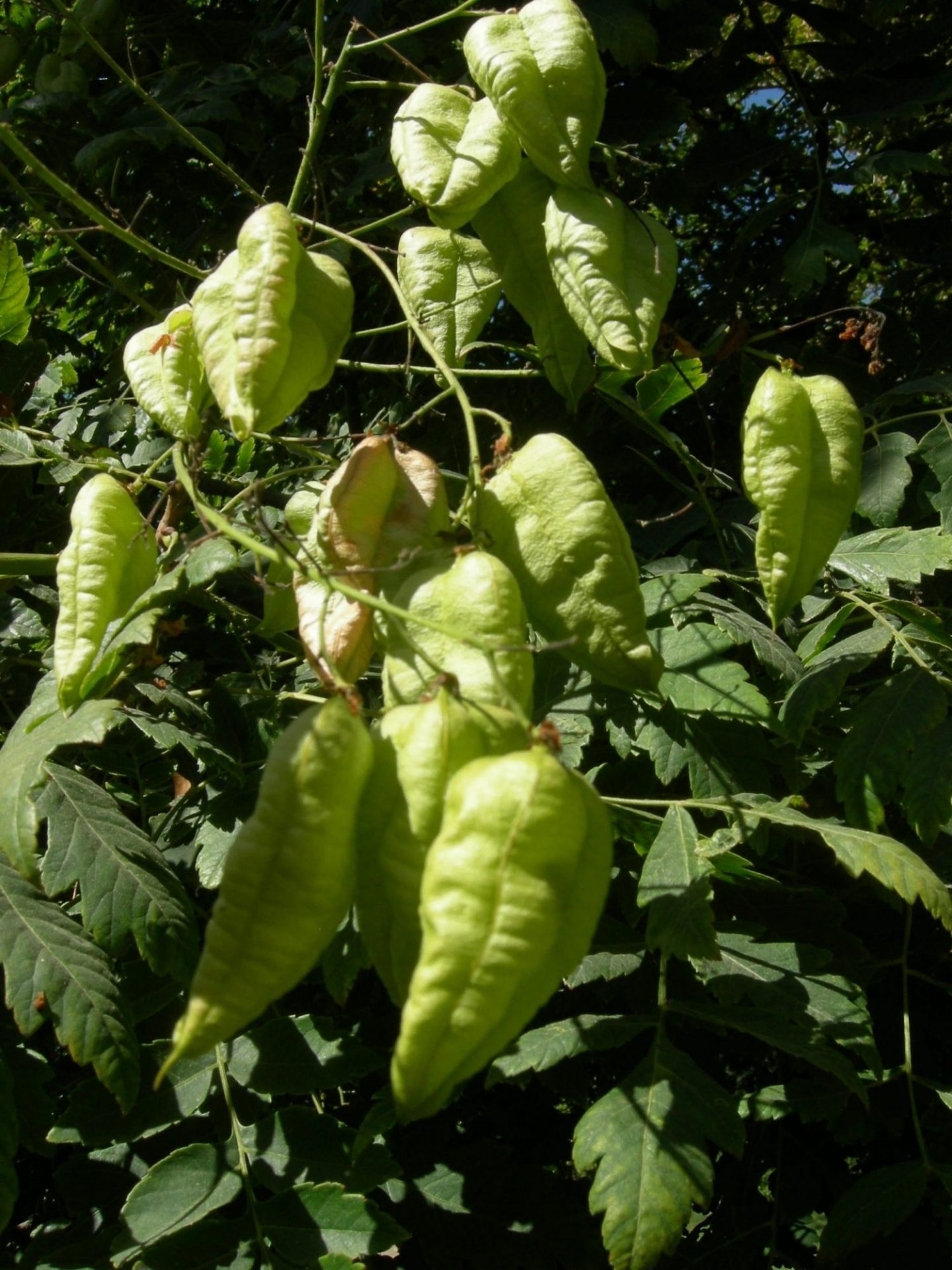Seize the Bay! 1) Bay Laurel (Laurus nobilis) From the Mediterranean region A plant of great cultural significance (culinary uses, literary references, etc.) Marginally hardy in the Washington Park Arboretum, located in the Mediterranean Bed (grid 21-3E) 2) California Bay Laurel (Umbellularia californica) Native to the Pacific Coast, Oregon through California Crushed leaves have intense odor Re-seeds freely in the Washington Park Arboretum Located near the Mediterranean Bed (grid 20-3E) 3) Redbay (Persea borbonia) A relative of the avocado, native to southeastern U.S.
Read more »December Color Appears at the Washington Park Arboretum
GREENS GALORE! 1) Abies alba ‘Hybrid’ (Silver Fir) Silver Fir is the species first used as a Christmas tree. A resinous essential oil can be extracted. The pine-scented oil has soothing qualities and is used in perfumes and bath products. This magnificent specimen can be found on Arboretum Drive. 2) Cornus sericea ‘Cardinal’ (Red Osier Dogwood) Bright red twigs provide winter interest in the garden and a beautiful accent to holiday decorations.
Read more »November Color Appears at the Washington Park Arboretum
1) Callicarpa sp. Beautyberry When the late autumn landscape seems to offer little in the way of vibrant color, the upright shrub, Callicarpa shows us that it has some local Husky pride. Grown mainly for their clusters of small, bead-like fruit, the Callicarpa species are ideal for a colorful shrub border. Native primarily to China, Japan, and Korea, Callicarpa is a member of the plant family, Verbenaceae.
Read more »October Color Appears at the Washington Park Arboretum
1) Cotoneaster conspicuus This showy member of the rose family is native to Tibet. Like most other specimens of the genus Cotoneaster, C. conspicuus has an equally stunning, early summer display of white flowers. C. conspicuus can be viewed along the north border of the Graham Visitor Center parking lot. 2) Ilex verticillata ‘Winter Red’ Black Alder, Winterberry Native to eastern North America, winterberry is an important winter food source for wildlife including raccoon, red squirrel, wood duck and ruffed grouse.
Read more »September Color Appears at the Washington Park Arboretum (Part II)
1) Acer diabolicum (Horned Maple) This maple is one of the least ornamental of the native maples of Japan. It is named for the tiny horn-like appendages between the winged seeds. Ours is growing beside the Japanese Garden parking lot. 2) Koelreuteria bipinnata Named after a German professor of botany, J.G. Koelreuter (1733-1806), it is impossible for English speakers to pronounce.
Read more »September Color Appears at the Washington Park Arboretum
“Ornamental Late Summer Fruits” 1) Betula lenta (Sweet Birch) The fruit, maturing in fall, is composed of numerous tiny winged seeds packed between the catkin bracts. Twigs, when scraped, have a strong scent of oil of wintergreen. Several specimens are located east of Azalea Way bordering the wetland bog. 2) Liriodendron tulipifera (Tulip Tree) The fruit is a cone, two to three inches long, made of a great number of thin narrow scales attached to a common axis.
Read more »Trees are showing off their fall bounty
These 3-parted pods contain the seeds of the Koelreuteria paniculata or Golden Rain Tree. This tree is native to East Asia, China & Korea and is used as an ornamental for its flowers, leaves and seed pods. Although it is considered an invasive in the SE United States. The Arboretum’s free Sunday walks for the month of September will feature the “Fruits & Nuts” of this tree and many others in the collection.
Read more »August Color Appears at the Washington Park Arboretum
1) Blechnum chilense This impressive evergreen fern grows in full sun to full shade. The Chilean Spanish name ‘Costilla de vaca’ translates into “cow’s rib” and refers to the shape of the fronds. This fern can be found thriving in the Chilean Entry Garden in Pacific Connections. 2) Eucalyptus pauciflora ssp. niphophila Beautiful peeling brown bark is just one of the attributes of this Australian native.
Read more »July Color Appears at the Washington Park Arboretum
1) Berberis darwinii Vigorous, upright evergreen shrub with spine-toothed, glossy leaves and spherical blue-glaucous fruit. This specimen is located along the Pacific Connections Meadow Loop Trail within the Chilean Entry Garden. First discovered by Charles Darwin in 1835. 2) Hydrangea serrata ‘Bluebird’ Compact, erect deciduous shrub with flattened corymbs containing a few pink or blue sterile flowers and numerous fertile flowers within.
Read more »June Color Appears at the Washington Park Arboretum
1) Argyrocytisus battandieri (Pineapple Broom) Don’t worry if you can’t pronounce the Latin name; the common name tells it like it is. Yellow, “pineapple”-scented, leguminous flowers with silvery foliage. This drought-tolerant shrub from Morocco is one tough plant that thrives in poor soils. Named for the French pharmacist and botanist, Jules Aimé Battandier. Located along Arboretum Drive in our Legume Collections.
Read more »